Read on:
Microsoft 365 for Beginners – What is Microsoft Whiteboard – Part 11
Microsoft 365 has become the de facto standard for communication, collaboration, and productivity in today’s hybrid world. It provides a wide range of tools allowing organizations to empower employees from any location. A core component of Microsoft 365 is Microsoft Teams, which has seen phenomenal growth. This post will look at Microsoft Teams 365 for beginners and cover the capabilities of this modern cloud platform.
What is Microsoft Teams?
Just what is Microsoft Teams? Microsoft Teams is a fully-featured collaboration platform developed by Microsoft that brings together chat, video conferencing, file sharing, and task management in a single workspace.
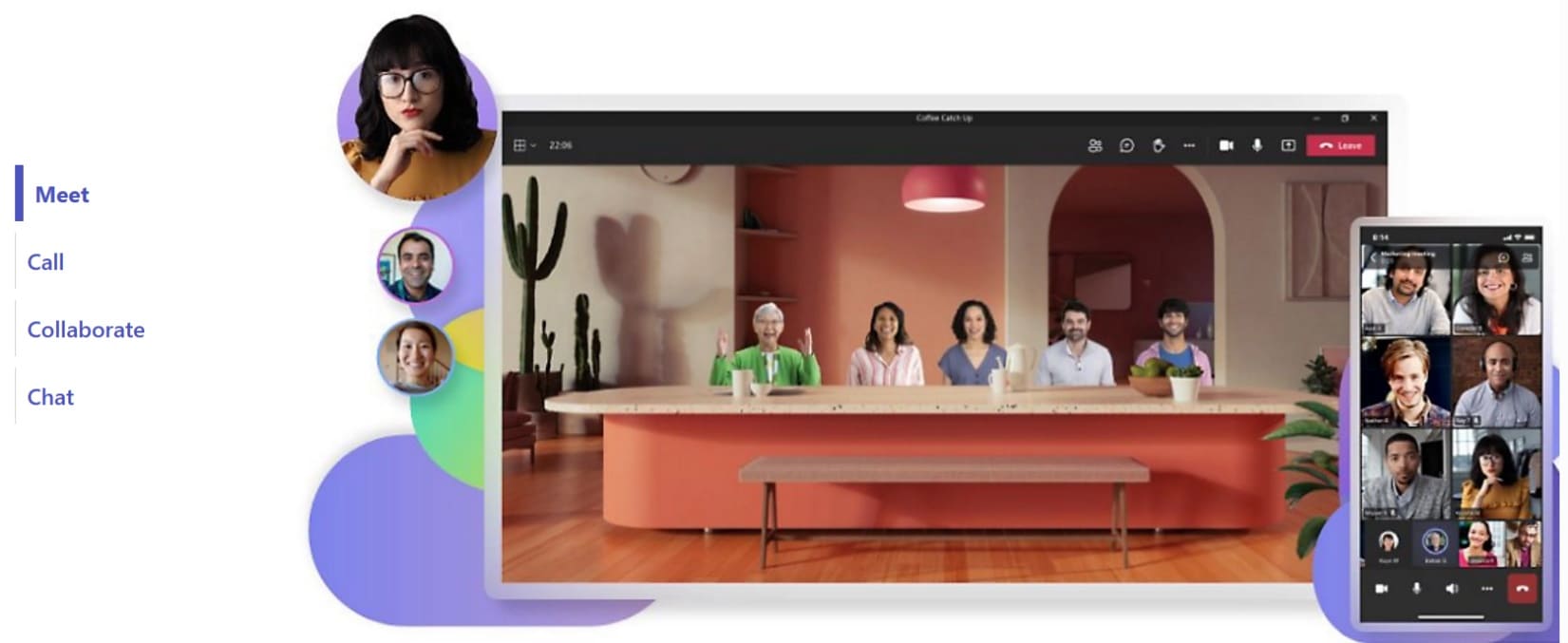
Designed to streamline communication and collaboration within organizations, Teams enables users to create teams and channels for specific projects, host video meetings across multiple meeting rooms, collaborate on documents and team files in real-time in the Teams web app across multiple channels, and integrate with other Microsoft 365 applications.
With its features and intuitive interface, Microsoft Teams has become an essential tool for businesses and organizations looking to facilitate productivity, team collaboration, and stay connected in today’s increasingly remote work environment.
Getting Started with Microsoft Teams
1. Installing Microsoft Teams
To start, you’ll need to install Microsoft Teams on your device. You can download the Microsoft Teams desktop app from the official website or your device’s app store. The platform is available as a desktop application for Windows and macOS and mobile platforms, including iOS and Android.
2. Setting Up Your Account
Once you’ve installed Microsoft Teams, open the app and follow the on-screen instructions to set up your account. You can use your existing Microsoft or Office 365 account to access Teams. If you don’t have an account, sign up for a free version with limited features or opt for a paid Office 365 subscription. You can also try out Microsoft 365 for a trial period.
Using the Teams app, users can join meeting events, team channel conversation threads and search across all the channels a user is a member of. Users can even edit the same file in real-time on the files tab.
Exploring Microsoft Teams Interface
3. Navigating the Teams App
After signing in, you’ll see the main Teams interface. The left sidebar contains icons for various features, such as Chat, Teams, Calendar, and Files. For example, the chat icon allows you to engage in instant messaging with team members, while the Teams icon lets you access your teams and channels.
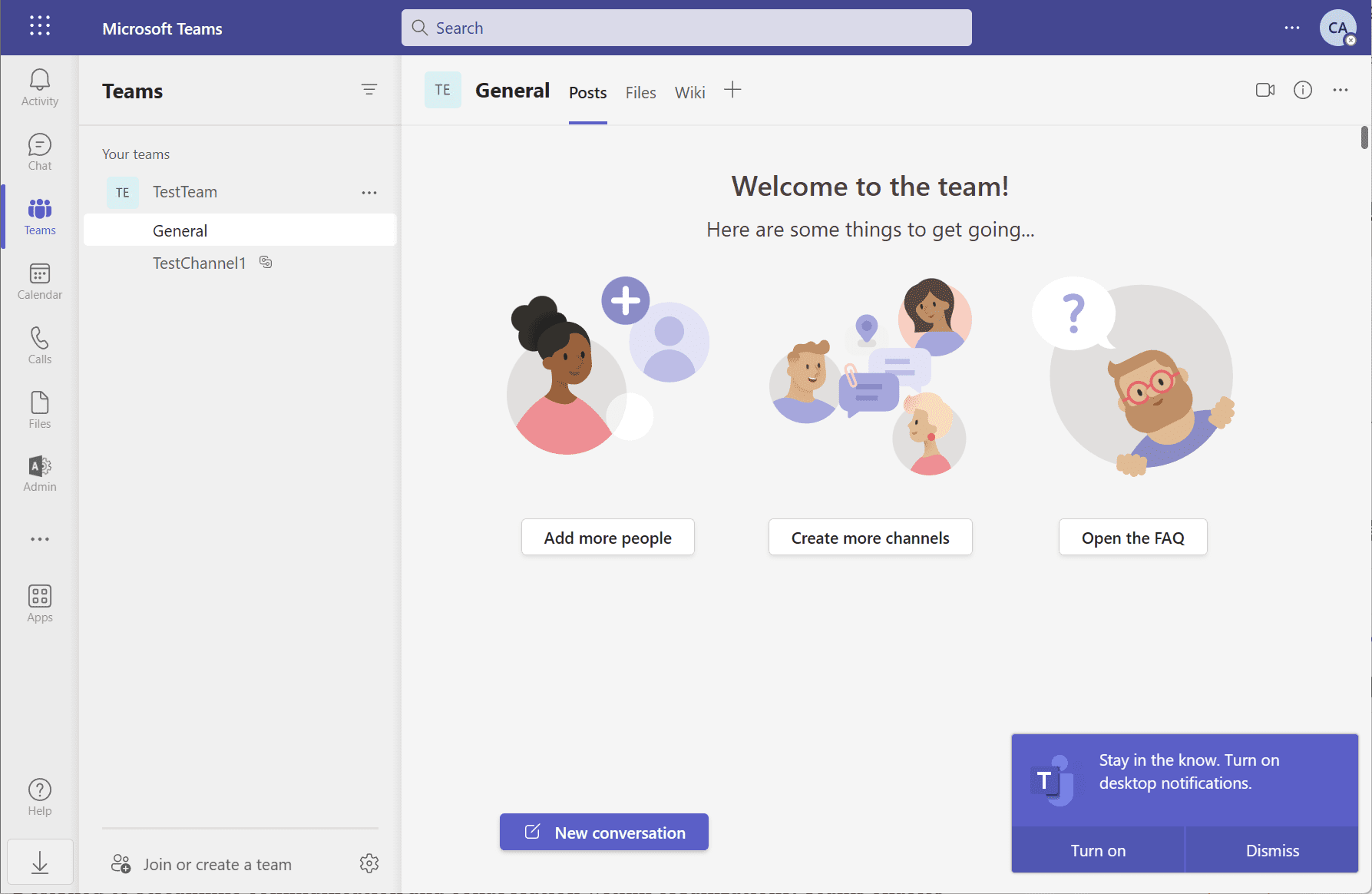
Users can access channel tabs and group chat from the app, essentially a SharePoint site underneath.
4. Understanding the Chat Feature
In Microsoft Teams, the chat feature allows you to communicate with your colleagues instantly, providing a more efficient alternative to email threads. You can engage in one-on-one conversations or group chats with multiple team members. To start a new chat, click the “New chat” button at the top of the chat section, enter the recipient’s name, and type your message.
5. Creating a New Team
To create a new team, click the Teams icon in the left sidebar and then select “Join or create a team” at the bottom. Next, click “Create team” and choose the type of team you want to create (private, public, or organization-wide). Finally, enter a team name and an optional description, and then click “Create.”
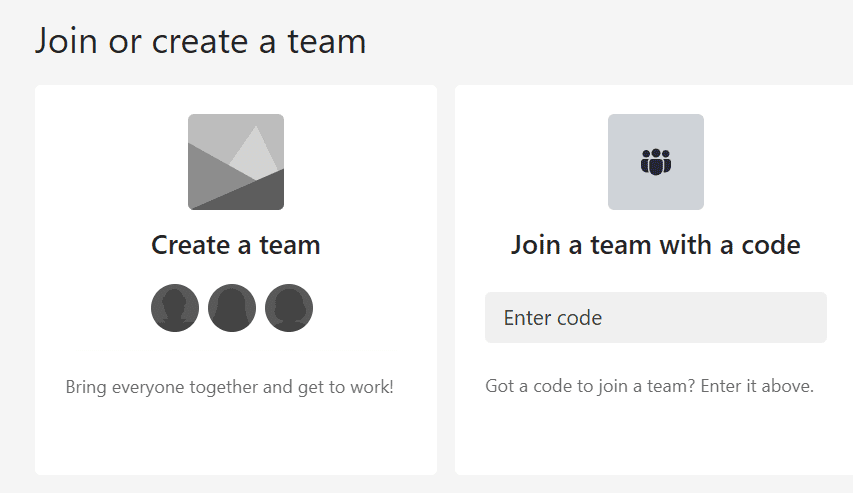
6. Exploring Calendar and Scheduling Assistant
Microsoft Teams integrates with your Outlook calendar, making it easy to schedule, view, and manage your meetings in one place. The Calendar tab displays all your upcoming events, and the Scheduling Assistant helps you find the best time for a meeting by checking the availability of all participants.
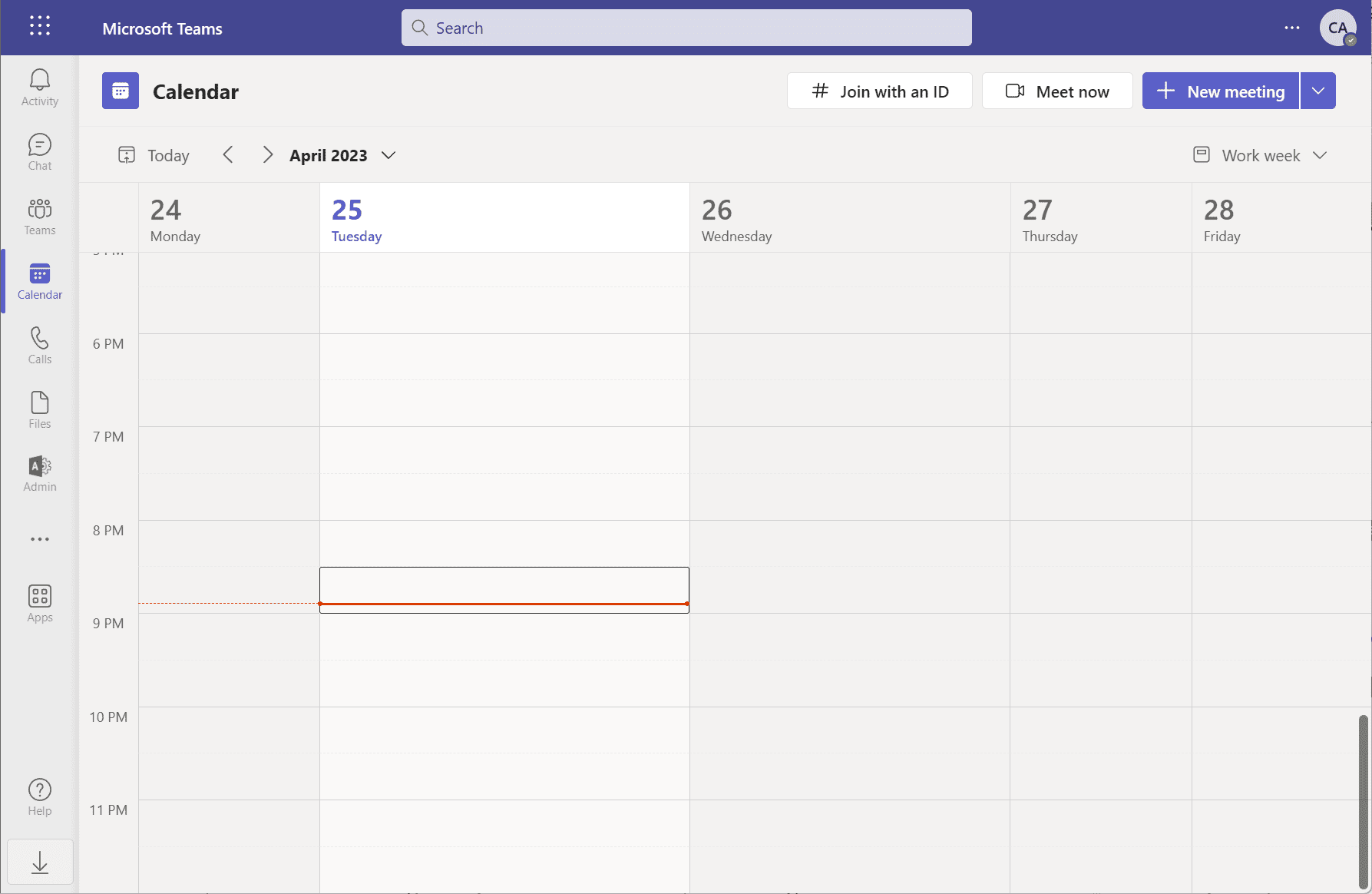
Working with Teams and Channels
7. Managing Team Members
You can invite people to join your team as a team owner or team member with the appropriate permissions. Click on the team name, select “Add member,” and enter the email addresses of the people you want to invite. You can also invite external users by adding their email addresses as guests.
8. Creating and Managing Channels
Channels are dedicated spaces within a team for focused discussions and file sharing. To create a new channel, click the ellipses menu (…) next to your team name and select “Add channel.” Enter a channel name and a brief description, choose the privacy level (public or private channel), and click “Add.”
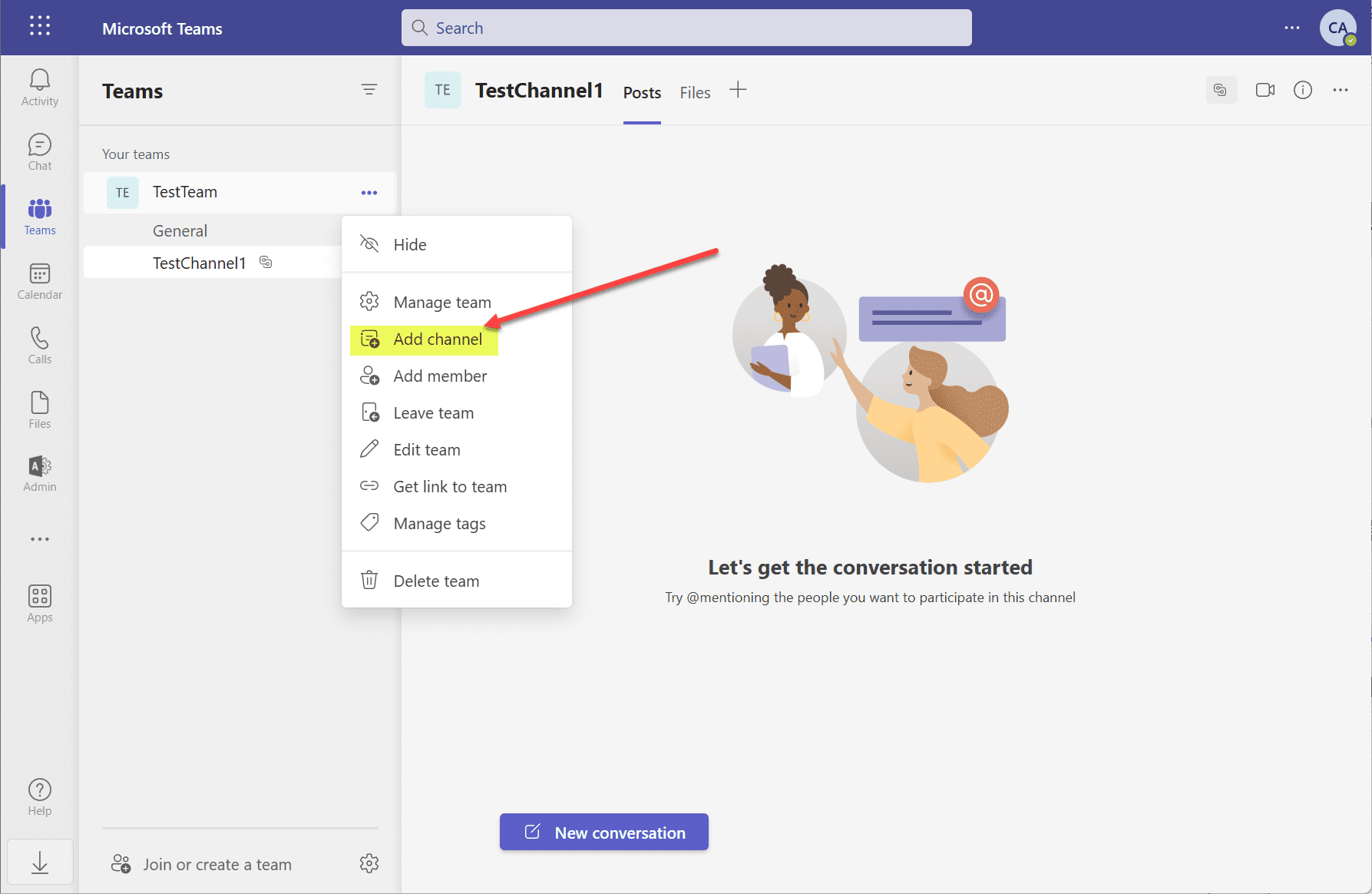
9. Utilizing Tabs in Channels
Channel tabs allow you to pin important resources, such as files, websites, or third-party apps, directly to the channel for easy access. To add a new tab, click the plus sign (+) next to the existing tabs in a channel and select the app or resource you want to pin.
Collaborating in Microsoft Teams
10. Online Meetings and Video Calls
Teams makes it easy to schedule meetings and join video calls with your colleagues. Click on the Calendar icon in the left sidebar and select “New meeting” to schedule a meeting.
You can also start an instant video chat with a team member by clicking the video call button in a chat or channel conversation and access the meeting controls and other features in the app. Attendees simply click join to enter the meeting.
11. Using Whiteboard for Collaborative Brainstorming
Microsoft Teams includes a digital whiteboard feature that enables you to collaborate on ideas and concepts in real-time with your team members. During a meeting, click the “Share” button and select “Microsoft Whiteboard.”
Team members can then draw, write, and add shapes to the shared canvas, making it an excellent tool for brainstorming and problem-solving sessions.
12. File Sharing and Collaboration
Microsoft Teams integrates seamlessly with Office 365, allowing you to share files and collaborate on documents, spreadsheets, and presentations.

To share a file, click the paper clip icon in the compose box, select the file you want to share, and click “Send.” Your team members can then view and edit the file in real time.
13. Using Search and Filters to Find Content
With the search bar at the top of the Teams app, you can quickly find messages, files, and team members. Type your query and use filters to narrow down the results, helping you locate the information you need faster.
Advanced Features and Tips
14. Live Events and Video Conferencing
In addition to regular online meetings, Microsoft Teams also supports live events for larger audiences. Live events allow you to host webinars, product launches, and company-wide presentations with interactive features like Q&A, live captions, and attendee engagement reports.
15. Additional Features and Integrations
Microsoft Teams offers numerous integrations and additional features to enhance your collaboration experience.
These include guest access for external users, private channels for confidential discussions, and third-party app integrations to extend the functionality of your workspace.
Customizing Your Microsoft Teams Experience
16. Personalizing Your Profile
To personalize your Teams experience, click on the profile icon in the app’s top-right corner and select “Manage.”
Here, you can change your profile picture, edit your display name, and configure notification settings to ensure you receive updates on the topics and conversations that matter to you most.
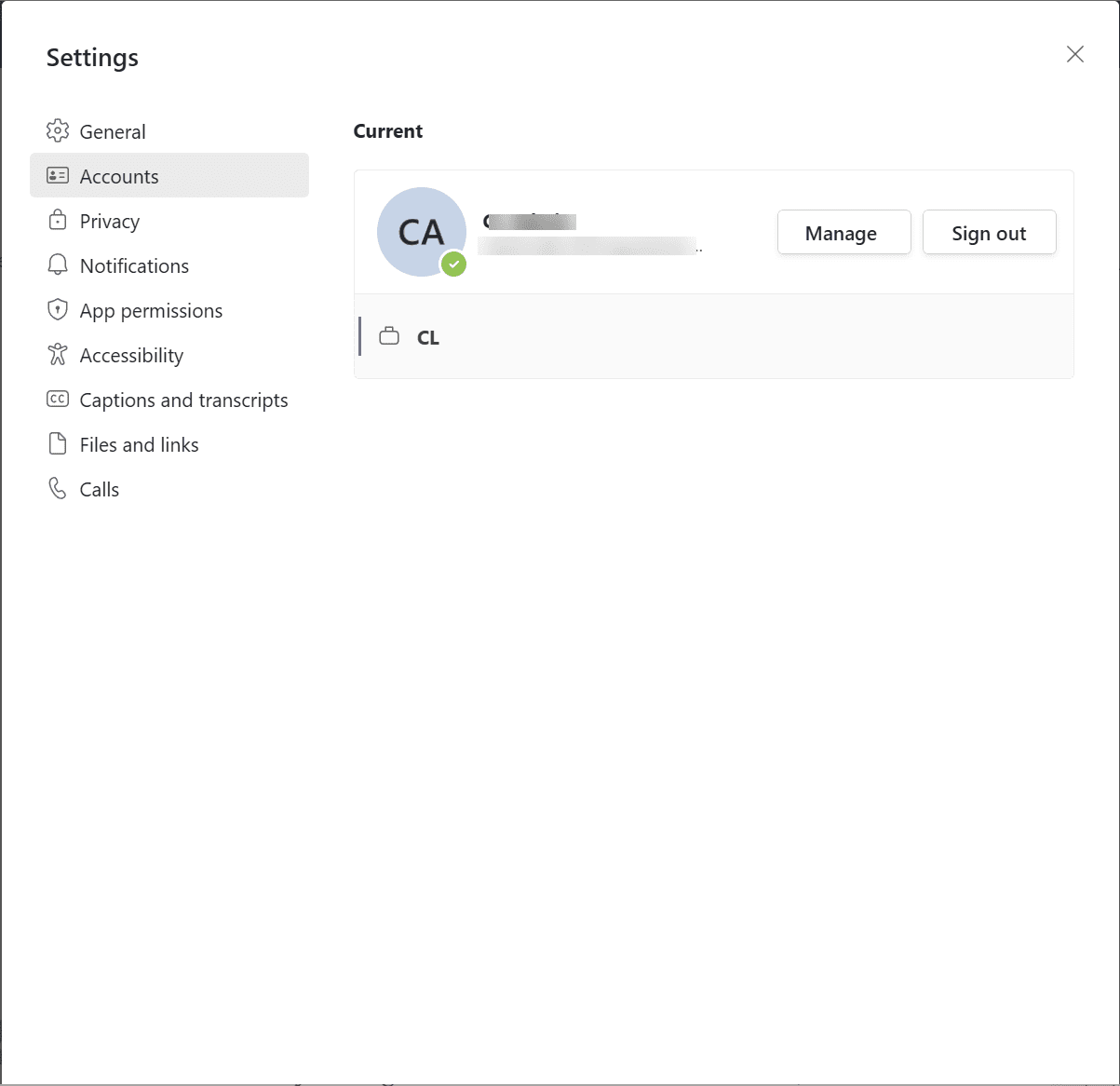
17. Using Keyboard Shortcuts and Commands
Microsoft Teams provides a variety of keyboard shortcuts and slash commands to help you navigate the app more efficiently. Press the forward slash key (/) in the command bar at the app’s top to view a list of available commands.
You can use these commands to quickly access features like searching for a specific chat, setting your status, or starting a new meeting.
18. Maximizing Security and Privacy in Microsoft Teams
Ensuring the security and privacy of your data and conversations is essential when using collaboration tools like Microsoft Teams. Microsoft Teams provides various security features, such as two-factor authentication, encryption, and compliance with industry standards.
Familiarize yourself with these features and follow best practices to protect your information and maintain privacy in your communications.
19. Utilizing External Users and Guest Access
Microsoft Teams enables collaboration within your organization and with external users, such as clients or partners. You can invite people from outside your organization to join specific teams and channels by granting guest access.
This feature allows you to collaborate effectively on projects with external stakeholders while keeping your internal communications secure and private.
20. Integrating Microsoft Office 365 Apps
Microsoft Teams seamlessly integrates with other Office 365 apps like Word, Excel, PowerPoint, and OneNote. This integration allows you to create, edit, and share documents directly within Teams, promoting efficient collaboration on files without leaving the app.
You can also add apps like Planner, Power BI, or Microsoft Forms to further enhance your team’s productivity.
Making the Most of Microsoft Teams
Microsoft Teams is an excellent collaboration tool with many features to improve productivity and communication within your organization. Making the most of the platform involves becoming familiar with the features and understanding the types of collaboration and productivity possible with the solution.
Wrapping up
We’ve covered all the basics of using Microsoft Teams, from installing the app and creating teams to scheduling meetings and sharing files. As you continue to explore the platform, you’ll uncover additional tips and tricks to help you make the most of this versatile collaboration tool. Experimenting with different features and integrations will allow you to find the workflow that meets your needs.
Follow our Twitter and Facebook feeds for new releases, updates, insightful posts and more.



Leave A Comment